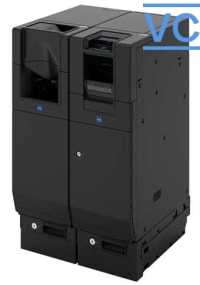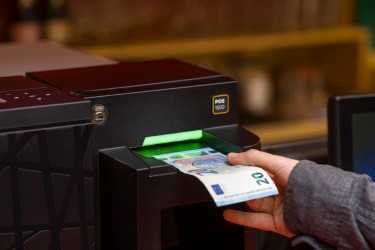Rent, Lease or Buy a Cash Drawer: Detailed Analysis
Renting, leasing, or purchasing a cash drawer: Which is the best option for my business?
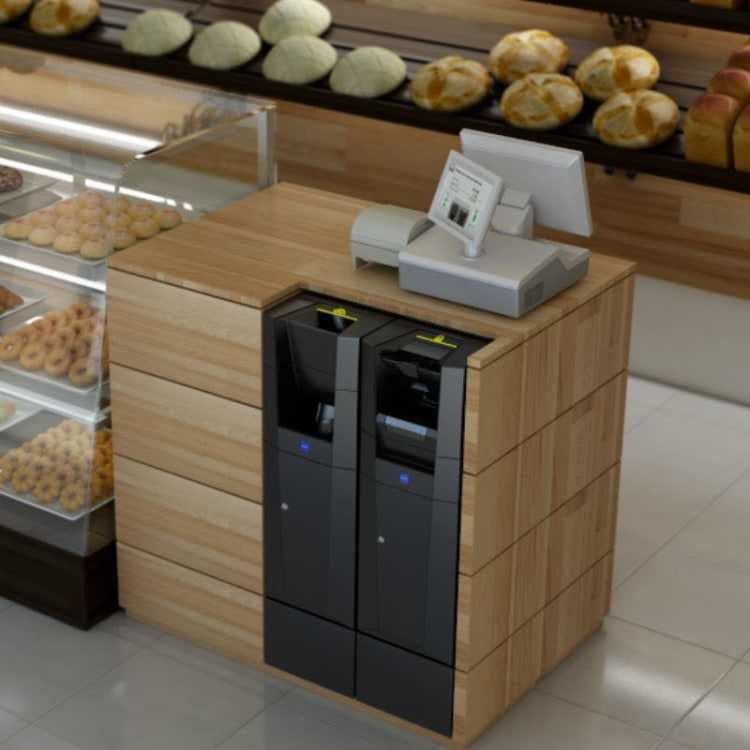
Choosing the ideal method to obtain a cash drawer can be a difficult decision for any retail business. There are basically three options: renting, leasing, or purchasing. Each has its own advantages and disadvantages based on costs, ownership, flexibility, and other factors.
In this article, we will analyze in detail the characteristics of each alternative: renting, leasing, and direct purchase. We will compare costs, convenience, ownership, technological upgrades, and other key elements. This way, you can have a clearer understanding of which is the best way to get a cash drawer for your business model and your particular needs.
We will help you determine whether renting, leasing, or direct purchase is more suitable for you.
Let's get started!
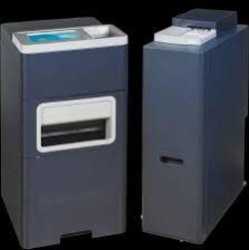
Review of the SafePay Collect SB Cash Recycling Machine

ImaCash: Review of the Software Promising to Simplify Your Financial Management
Cash drawer rental
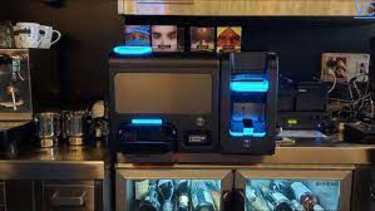
Rental fees typically range from €50 to €150 per month, depending on the type of cash drawer, the brand, and the included services. This allows for access to a high-quality cash drawer without making a large initial investment.
Among the advantages of renting are:
- Lower initial financial outlay.
- Ability to regularly upgrade the cash drawer and always have the latest technology.
- The provider takes care of maintenance and repairs.
- Flexibility, as it allows for adapting the type of cash drawer according to the needs of each moment.
- Deductible as an expense for tax purposes.
Some disadvantages may include:
- Not acquiring ownership of the cash drawer.
- Having to continue paying periodic fees indefinitely.
- Limitations regarding modifications or customization of the cash drawer.
In conclusion, the rental option is ideal for businesses that do not want or cannot make a significant initial investment but wish to have access to a state-of-the-art cash drawer, with the convenience of maintenance and renewal included.
Cash drawer purchase
Purchasing or directly acquiring the cash drawer entails making a significant initial investment, which can range from €3,000 for basic or discontinued models to over €15,000 for high-end cash drawers.
Buying the cash drawer allows you to be the owner from day one, with the advantage of not having to continue paying periodic fees and the freedom to customize or modify it according to the needs of the business.
Other advantages of purchasing include:
- There is no time limit; the cash drawer is owned forever.
- Better financial planning as it involves a single outlay.
- The cash flow is not impacted month by month by fees.
- The cash drawer can be depreciated for tax purposes.
Among the disadvantages are:
- It requires a high initial investment for many businesses.
- The business is responsible for maintenance and repairs.
- Assumes technological risk since there is no option for renewal.
Let's say that purchasing the cash drawer is ideal for established businesses with investment capacity that prioritize ownership and full control over the equipment in the long term.
Features | Rent | Leasing | Purchase |
|---|---|---|---|
| Initial cost | Low (initial fee) | Medium (10-20% down payment) | High (total outlay) |
| Periodic Payments | Yes, monthly | Yes, monthly | None |
| Long-Term Total Cost | High | Medium | Lower |
| Ownership | No, belongs to the provider | Optional upon completion | Yes, from the outset |
| Technological Upgrade | Yes, included | Upon contract completion | No, requires a new purchase |
| Maintenance and Repairs | Included | Optional, at an extra cost | Buyer's responsibility |
| Flexibility | High, can be canceled | Medium, with penalty | Low, the drawer is owned |
| Tax Deduction | Yes, fees as an expense | Yes, fees as an expense | Asset Amortization |
Other alternatives to obtain a cash drawer
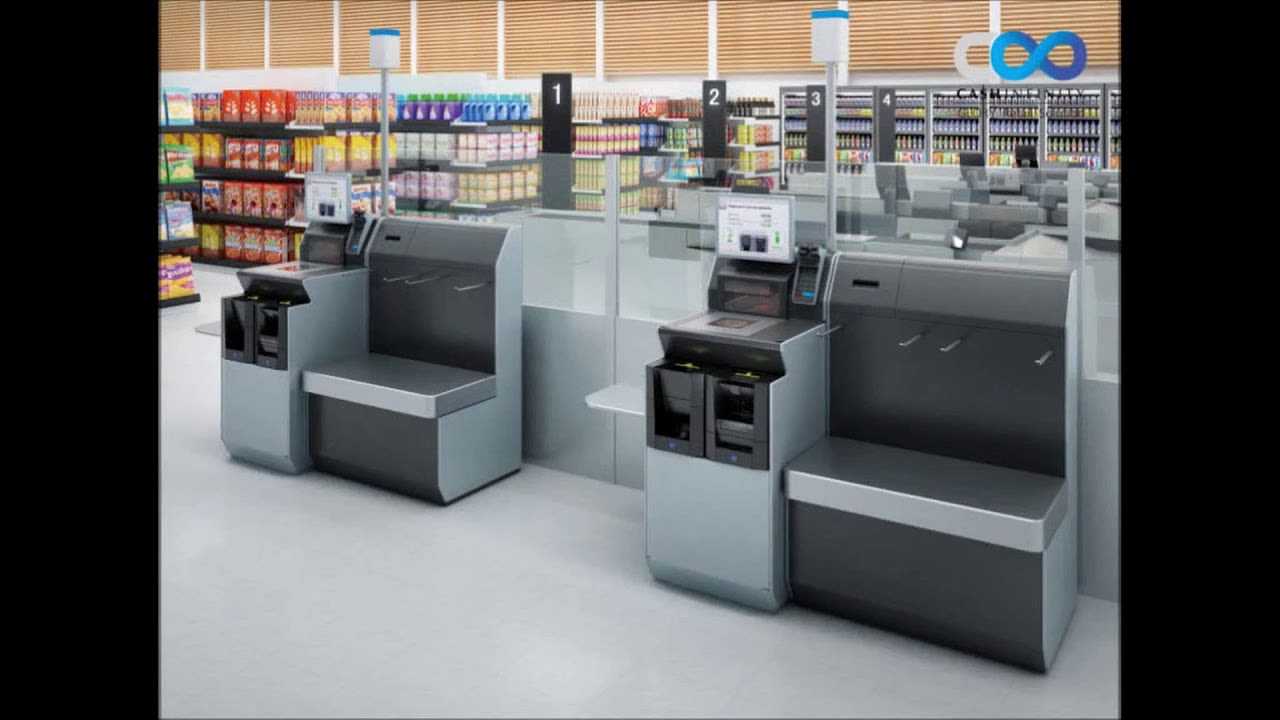
In addition to the traditional options of renting, leasing, and purchasing, there are innovative alternatives that may be attractive for obtaining a cash drawer:
Cash Register Renting: Some providers offer flexible rental packages that not only include the cash drawer but also the printer, point-of-sale terminal, and software, all for a monthly fee. This option provides a comprehensive solution and simplifies payment management at the point of sale.
Bank Financing: Another alternative is to apply for a loan or line of credit from the bank to acquire the cash drawer and pay in installments with interest. This option may be convenient for companies that prefer to own the asset from the outset and wish to manage their long-term payments predictably.
Public Grants: In some autonomous communities and municipalities, there are specific aid programs for the modernization and digitalization of businesses. These grants can be used to co-finance the acquisition of cash drawers, providing an opportunity to reduce costs and promote technological upgrades at the point of sale.
Prosegur Digital Kit: An innovative initiative like the Prosegur Digital Kit allows self-employed individuals and SMEs to apply for assistance of up to 2,000 euros to digitize their business, including the possibility of using these funds for the purchase of a cash drawer. This option represents a unique opportunity to modernize the point of sale with minimal initial outlay and benefit from the latest cash management technologies.
These alternatives provide flexible options tailored to the financial and operational needs of each company, allowing for the acquisition of a cash drawer in a more accessible and convenient manner.
Conclusion and Recommendation
After analyzing the various options, it can be concluded that there is no single ideal solution for all cases when it comes to obtaining a cash drawer. It will depend on the circumstances and possibilities of each retail business.
For newly established businesses or those with limited capital, it may be advisable to start with renting, to have a modern and functional cash drawer, with technical service included, without the need for a significant initial investment.
Slightly more established businesses seeking to balance short and long-term costs may opt for leasing, financing the acquisition of the drawer through accessible installments.
Finally, stable businesses with financial strength would do well to purchase the cash drawer, assuming a larger investment but gaining complete ownership and avoiding periodic payments.
However, it is advisable to carefully study all alternatives and consult with experts to make the optimal decision based on each particular case. A detailed cost analysis and personalized comparison will always be recommended.
Here's a comparison of the main machines on the market:


